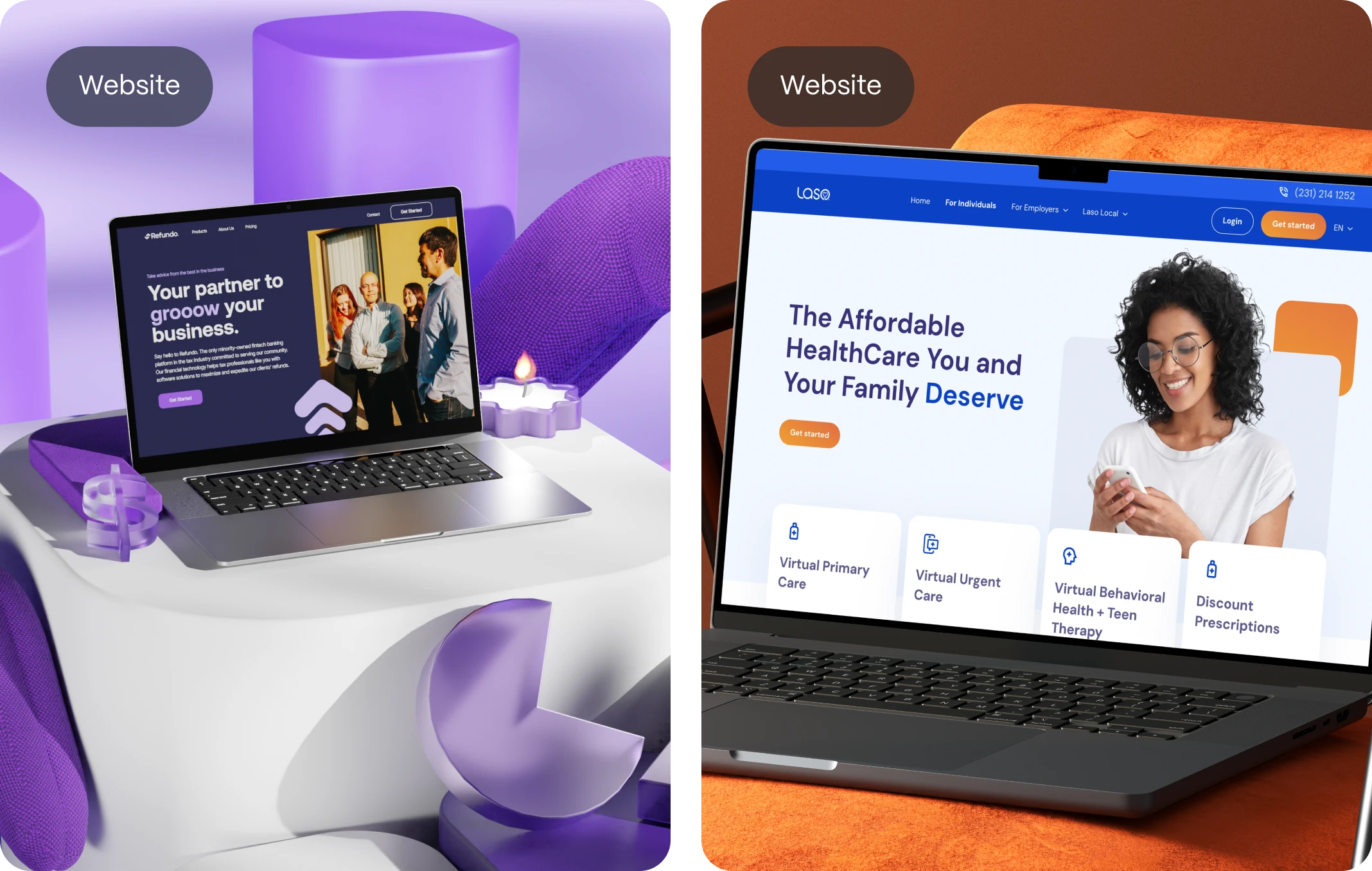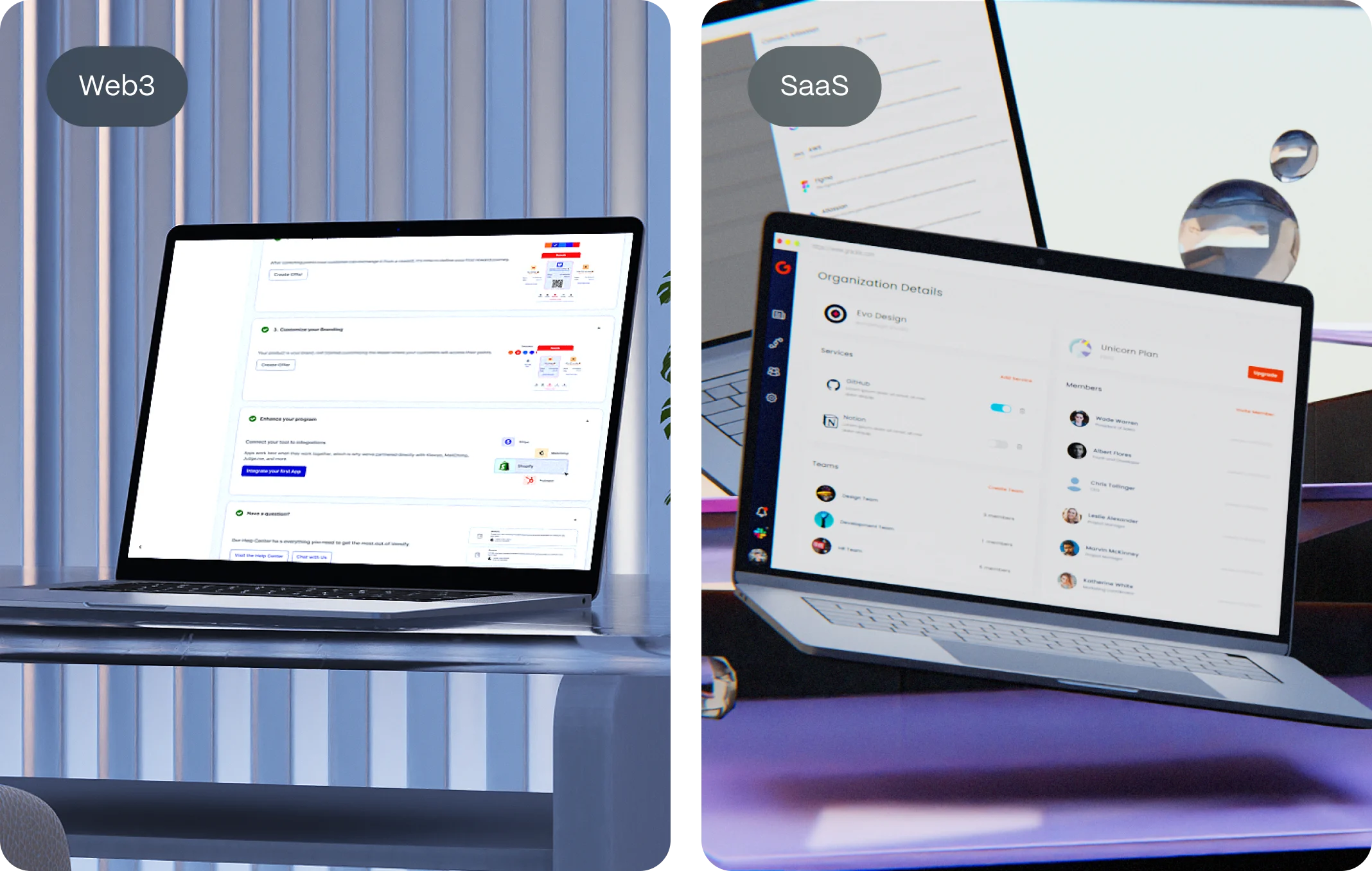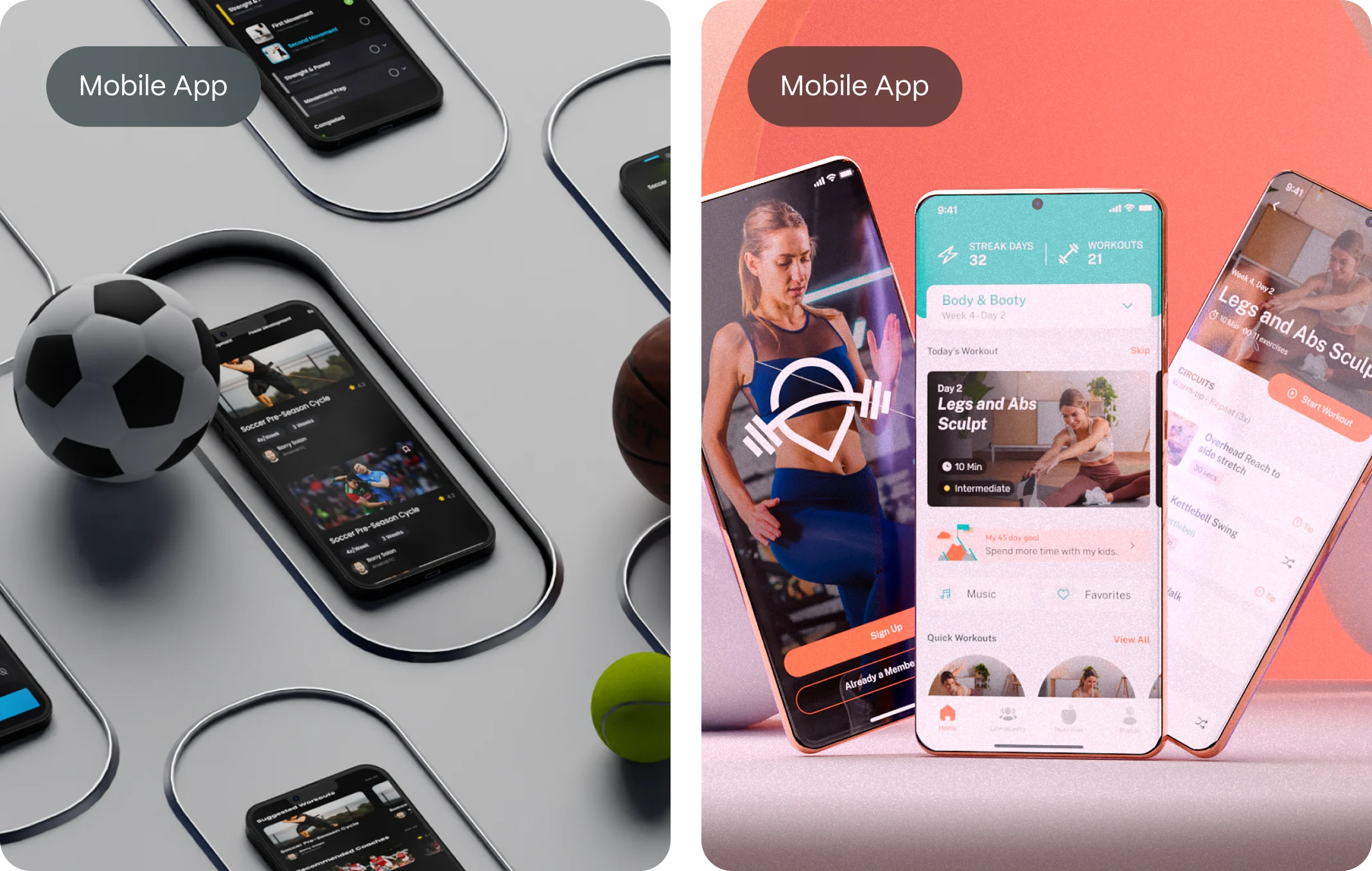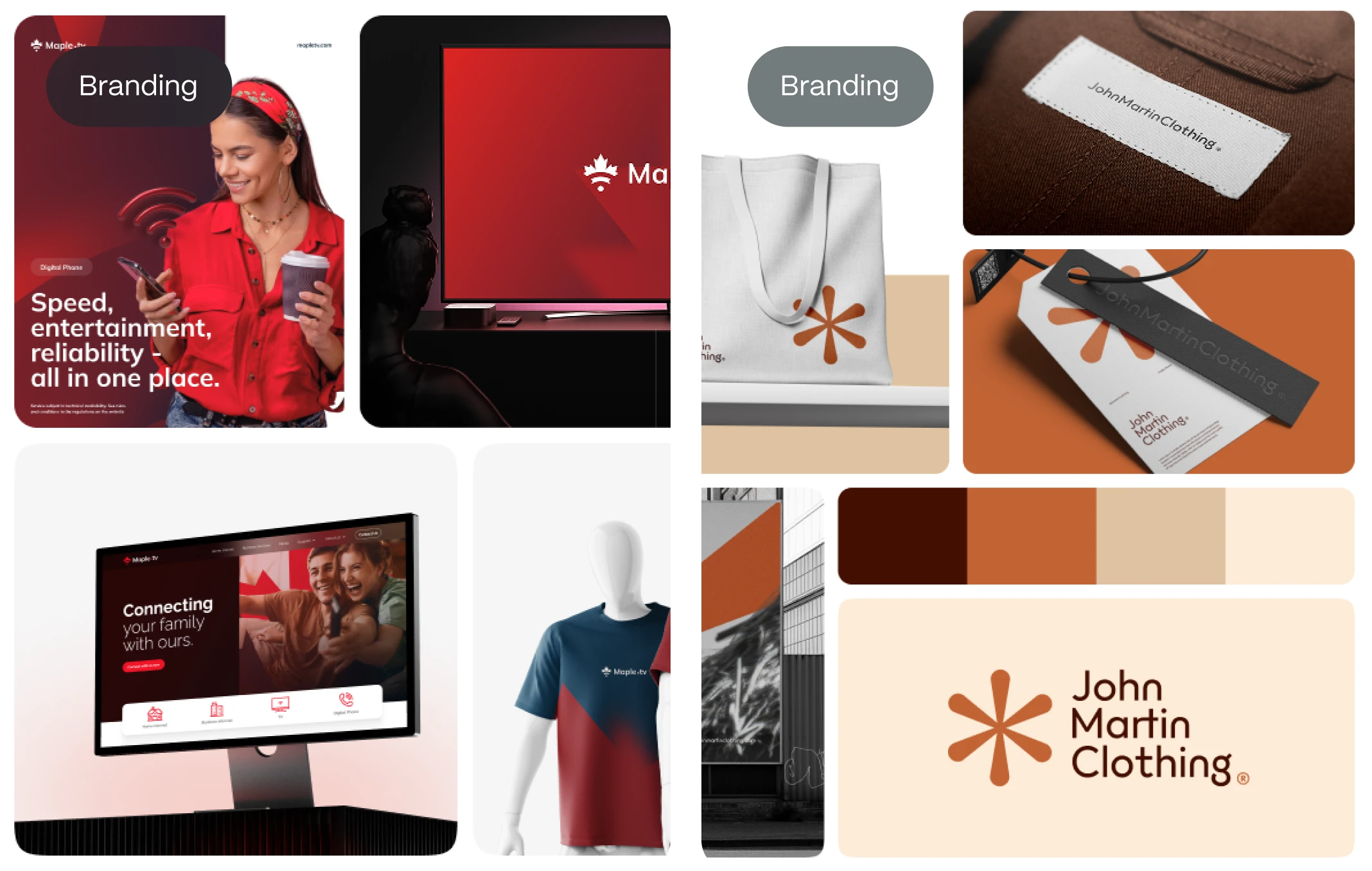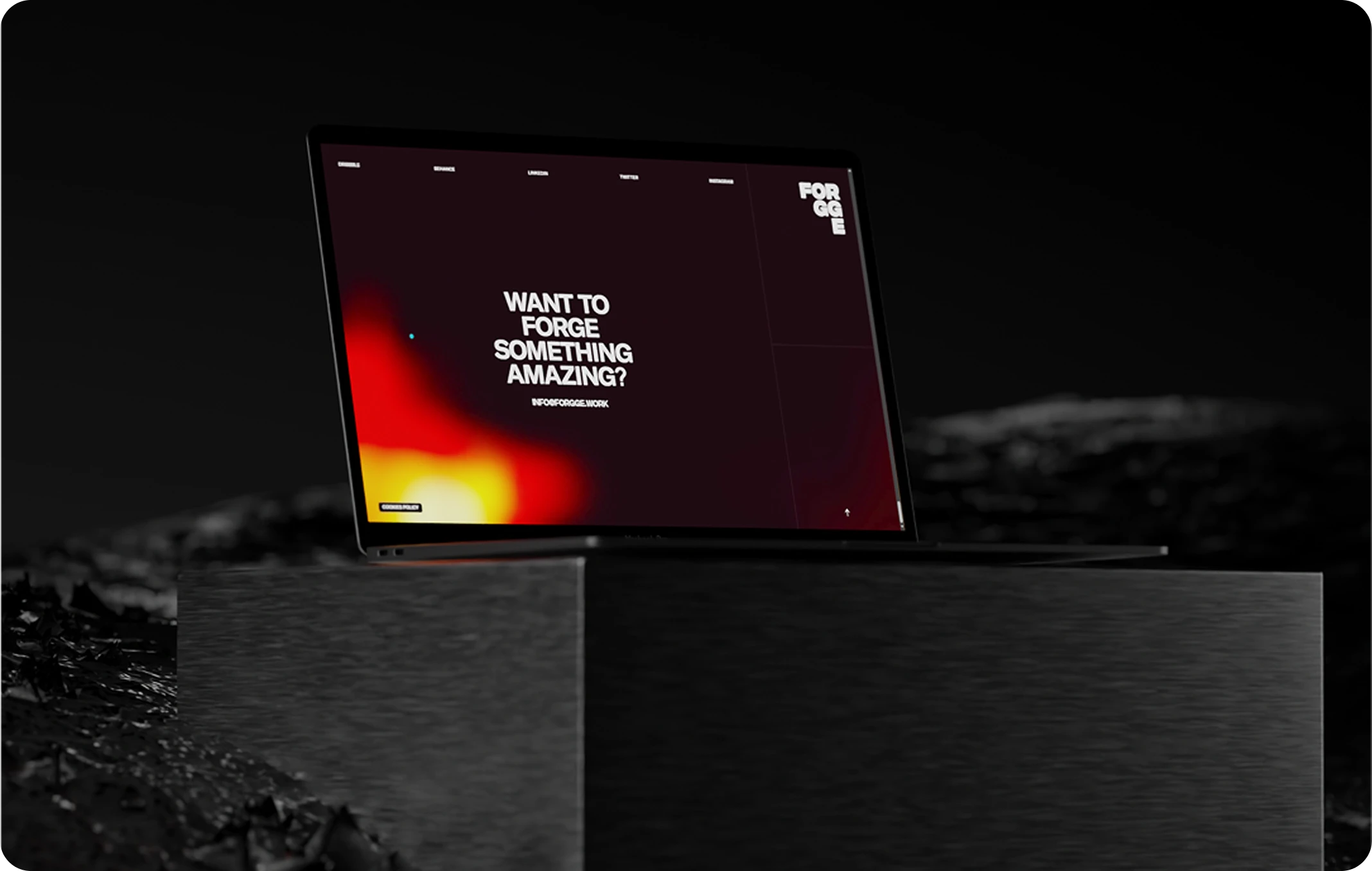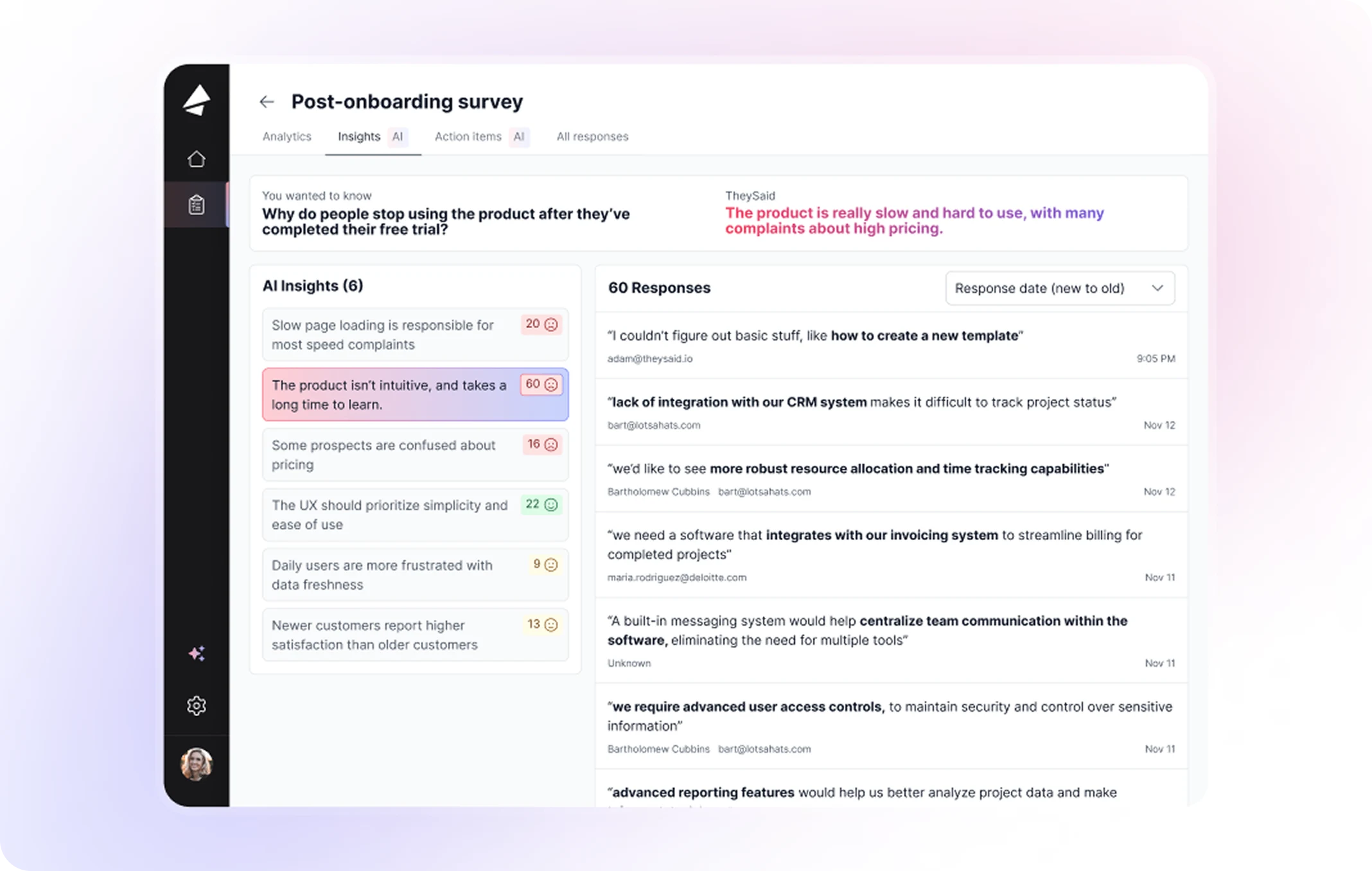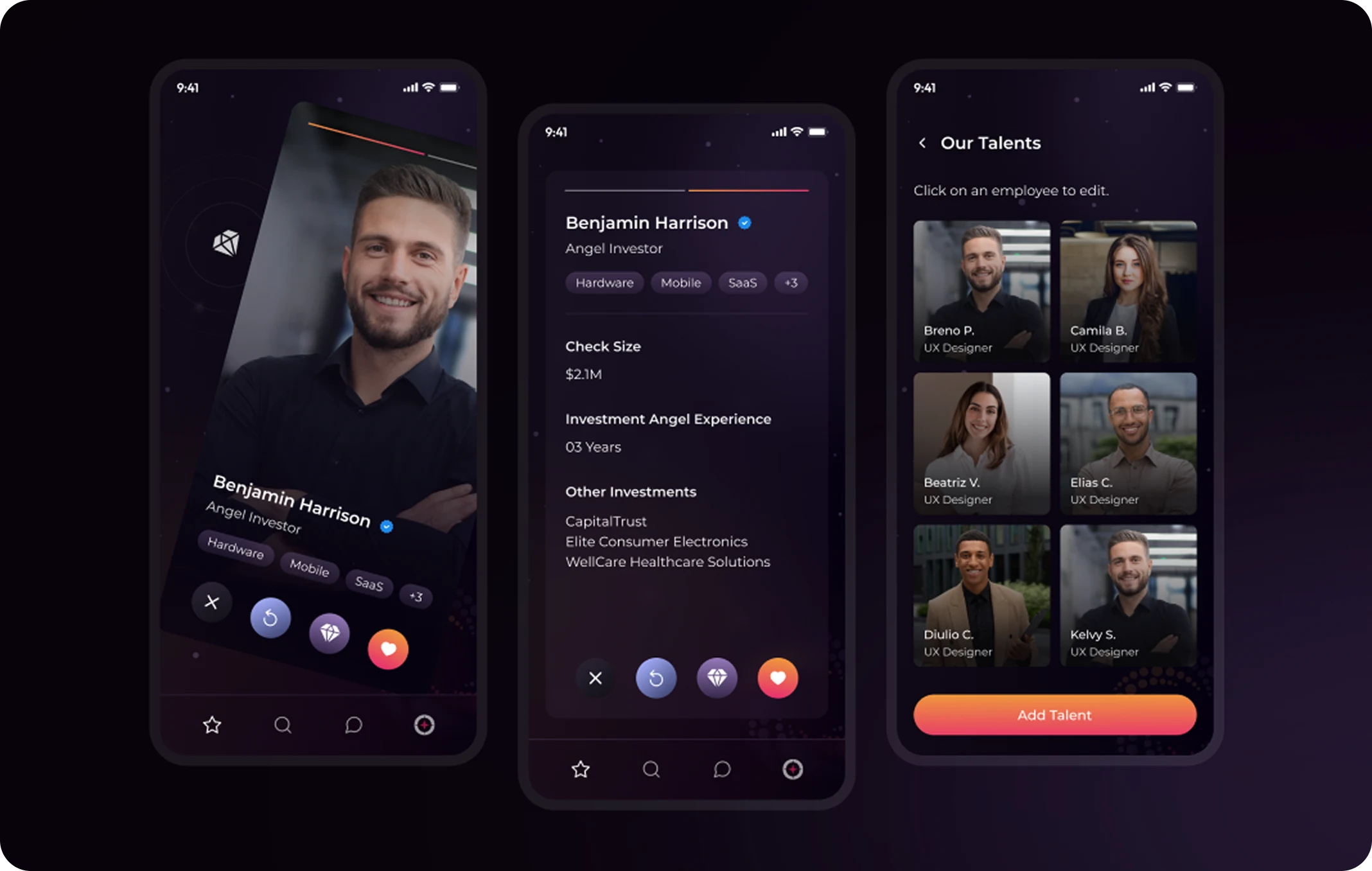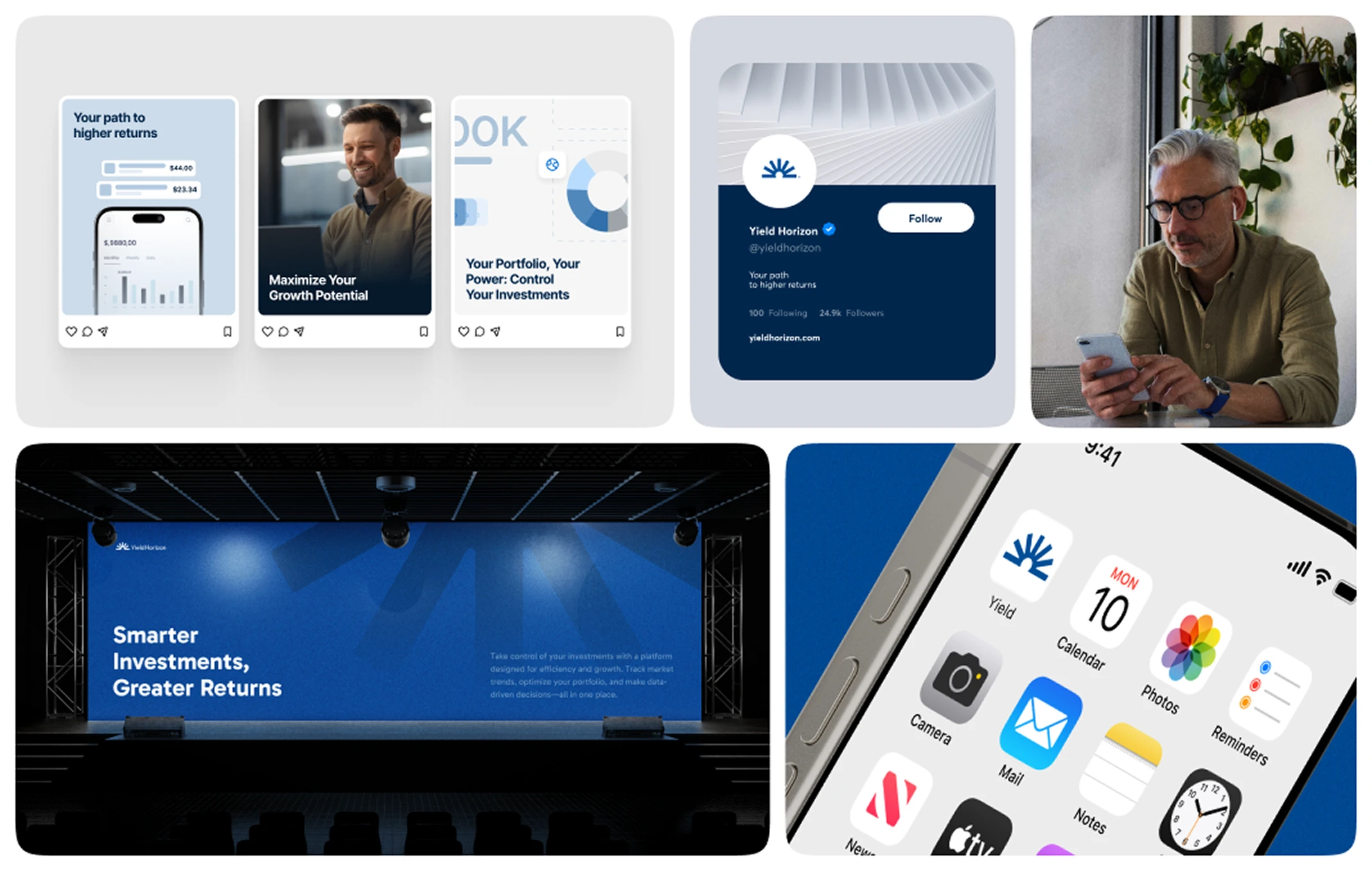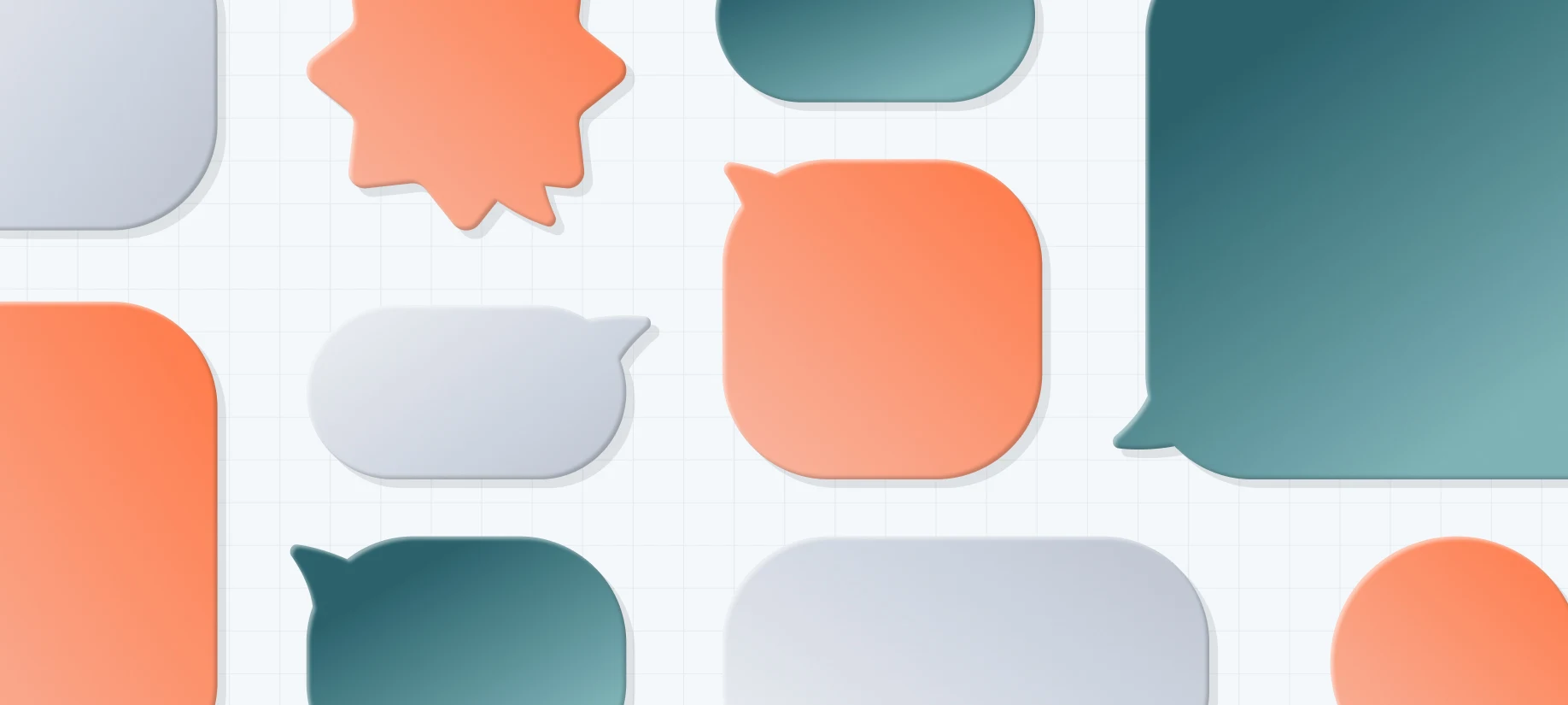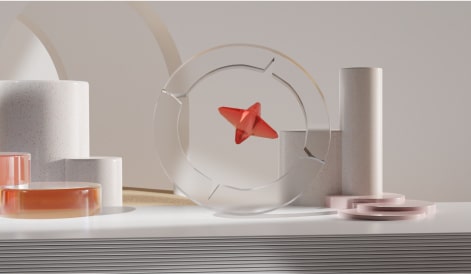Startups thrive on innovation and adaptability. To succeed in competitive markets, they must approach problem-solving with creativity and empathy. Design thinking provides the perfect framework for this, offering a user-centered approach to tackle complex challenges and deliver impactful solutions.
In this article, we’ll break down the design thinking methodology and show startups how to leverage it to unlock creativity, foster collaboration, and drive innovation.
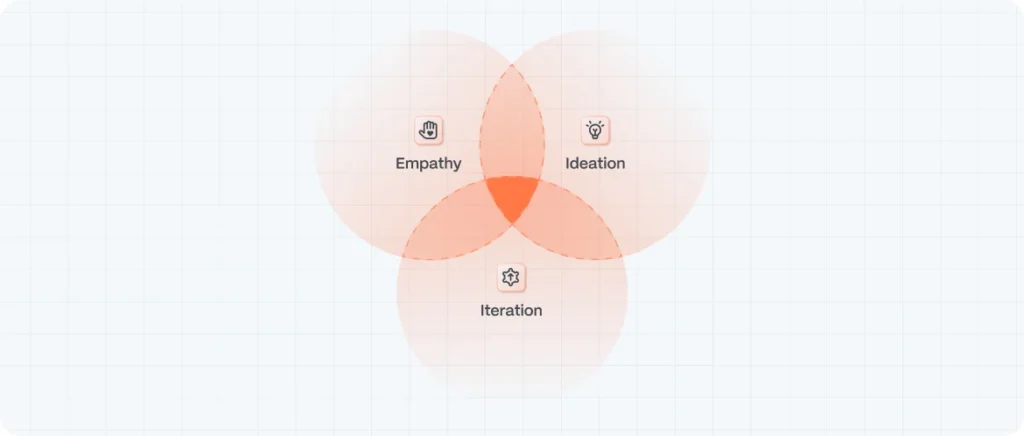
What is Design Thinking?
Design thinking is a human-centered approach to innovation that prioritizes understanding users’ needs and creating solutions tailored to their experiences. It emphasizes empathy, collaboration, and iterative testing to ensure solutions are both functional and impactful.
Key Principles of Design Thinking:
- Empathy: Understand users’ needs and challenges.
- Ideation: Generate creative ideas to solve problems.
- Iteration: Continuously refine solutions based on feedback.
Pro Tip: Design thinking is not limited to product design—it’s a mindset that can be applied across operations, marketing, and customer engagement.
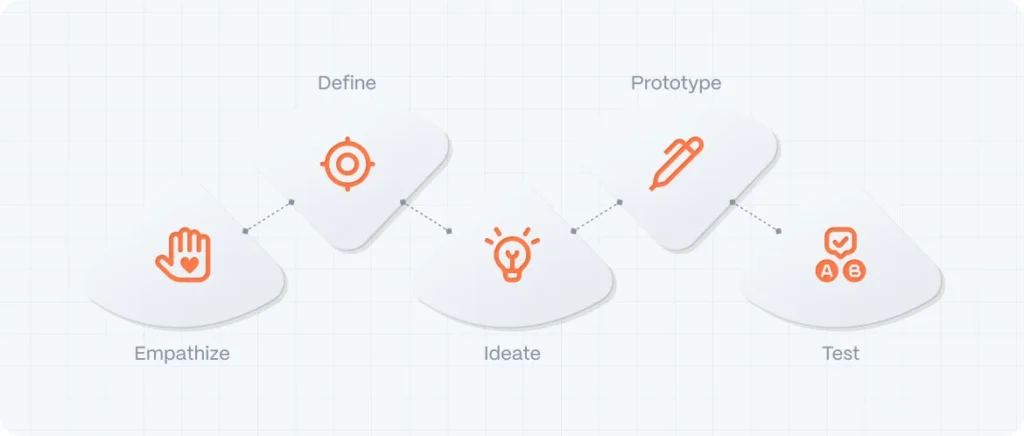
The Design Thinking Methodology Explained
The design thinking methodology consists of five key stages:
1. Empathize: Understanding User Needs
Start by gaining a deep understanding of your users through interviews, surveys, and observations. Focus on identifying pain points and unmet needs.
Example: A fintech startup might interview small business owners to learn about their challenges in managing cash flow.
2. Define: Pinpoint the Core Problem
Analyze your research to define the core problem your solution will address. Create a clear problem statement to guide the ideation phase.
Pro Tip: Use a “How Might We” statement to frame the challenge positively, e.g., “How might we make cash flow management seamless for small businesses?”
3. Ideate: Brainstorm Creative Solutions
Bring together a diverse team to brainstorm innovative ideas. Encourage out-of-the-box thinking to explore a wide range of potential solutions.
Tools for Ideation:
- Mind mapping
- Brainwriting
- SCAMPER (Substitute, Combine, Adapt, Modify, Put to another use, Eliminate, Reverse)
4. Prototype: Create Low-Fidelity Models
Develop quick prototypes of your ideas to visualize solutions. These can be wireframes, sketches, or mockups that demonstrate functionality.
Pro Tip: Focus on simplicity and key features—prototypes are not final products.
5. Test: Refine Through Feedback
Test your prototypes with real users and gather feedback. Use insights to refine your solution, ensuring it aligns with user expectations and needs.
Example: The fintech startup might test a prototype of their cash flow management app with small business owners, iterating based on their feedback.
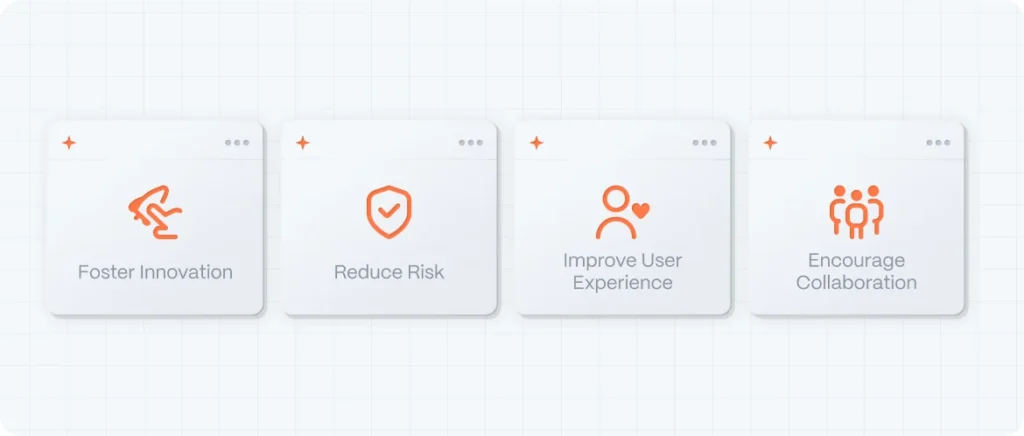
Why Design Thinking is Perfect for Startups
Startups often face limited resources and rapidly changing markets. Design thinking helps them:
- Foster Innovation: Generate creative solutions that stand out.
- Reduce Risk: Validate ideas early to avoid costly mistakes.
- Improve User Experience: Build solutions tailored to real user needs.
- Encourage Collaboration: Align teams around a shared vision.
How to Get Started with Design Thinking
- Build a cross-functional team with diverse perspectives.
- Focus on user research to uncover key insights.
- Use brainstorming techniques to generate innovative ideas.
- Create and test prototypes quickly to refine solutions.
Partnering with experts like Evo Design Studio can help guide your team through the design thinking methodology, ensuring your solutions are impactful and user-centric.
FAQ
What is design thinking?
Design thinking is a human-centered approach to problem-solving that emphasizes empathy, creativity, and iterative testing to develop innovative solutions.
How does design thinking benefit startups?
Design thinking fosters innovation, reduces risks, improves user experience, and encourages collaboration—making it ideal for startups in competitive markets.
What are the key stages of the design thinking methodology?
The five stages are: Empathize, Define, Ideate, Prototype, and Test.
Can design thinking be applied beyond product design?
Yes! Design thinking can be used across operations, marketing, customer engagement, and more to drive creativity and innovation.
How do I start implementing design thinking?
Start by researching your users, defining clear problems, and involving a diverse team in brainstorming and prototyping.

